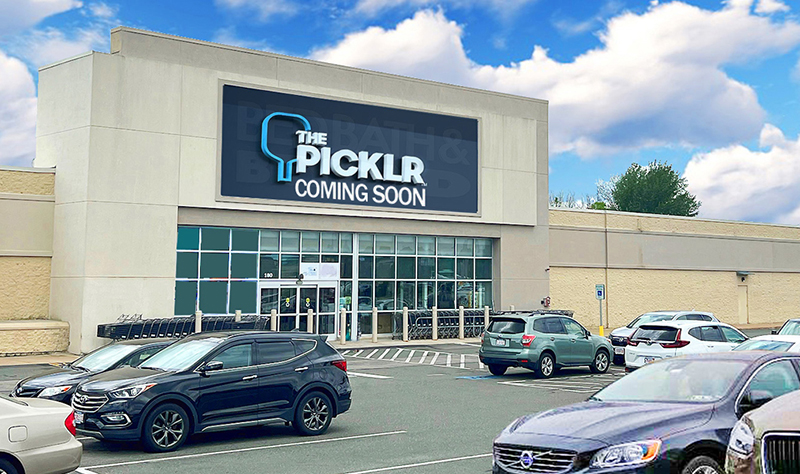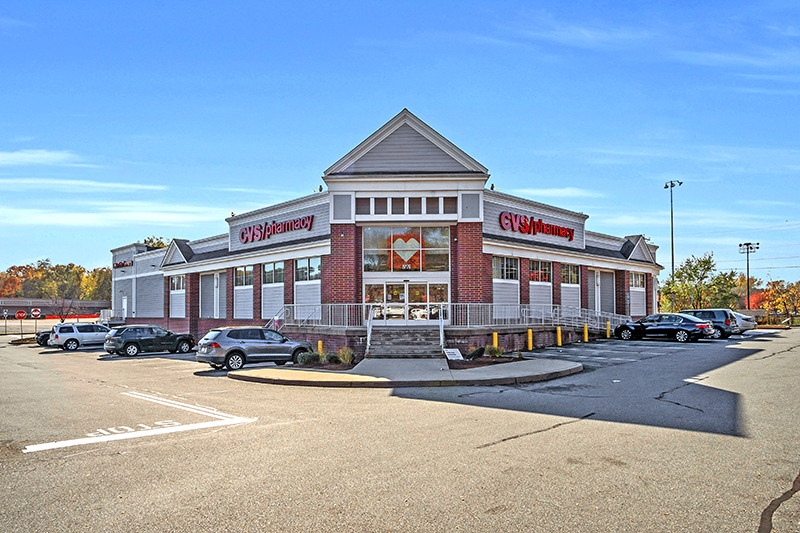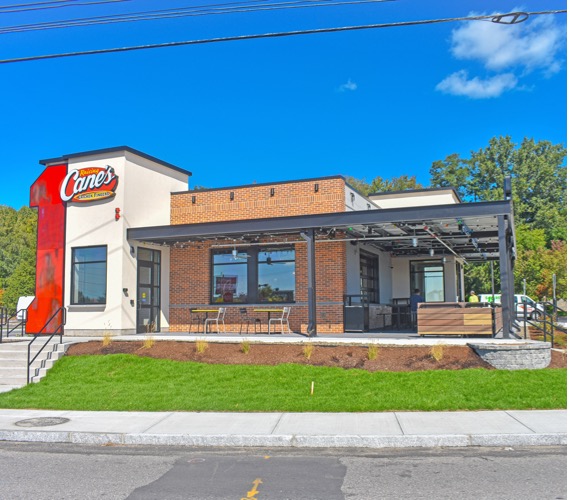News: Retail
Posted: August 27, 2015
Retail in reverse: How technology is driving retail back to its roots by getting closer to the customer
I've read numerous articles and heard too many talking heads telling us that the retail landscape continues to move forward and evolve. They can't be more wrong. Retail is actually going in reverse. That may be a simplistic statement but technology is advancing how we communicate, work, shop and socialize. And in a strange twist, technology is also driving retail back to its roots by getting closer to the customer.
Access to information is empowering today's shopper to demand a more personal shopping experience. The point of purchase now begins wherever the consumer accesses information whether they're at home, the office or a local coffee shop. Retail is adapting. Let's look at the trends affecting how we view our brands, our shopping experiences and ourselves.
Retail is returning to Main St.
Demographics, population growth, technology, psychology and convenience have all combined to create a desire to return to urban living. We've decided that local is better. We like to shop at the neighborhood store where we know the owner and can support a local business. And be green in the process. Social media is driving social engagement which in turn creates communities. This in turn is changing the way we design retail environments. Urban centers are being revitalized and suburban centers are evolving to create the Main Street effect by making shopping a satisfyingly social experience. Convenience is "I want it now" and what better way to satisfy this demand than by finding what you want at a local shop. An example of going local is the rapid rise of farmer's markets which offers fresh, local and organic produce. For retailers, the best strategy is to get as close the consumer as possible. This can be attained by adapting their formats and offerings that will appeal to shopper's needs on Main Street.
Retail is getting smaller
Retailers continue to physically shrink their footprints to get closer to their customer base. Not only are they reacting to the desire to be local but the ability to analyze data and employ it with the benefits derived from social engagement are breaking down the barriers of the traditional brick and mortar store. Pop up stores are a great example of getting closer to the customer. Pop up stores are anything but temporary. They are growing segment of a retailer's business. The data that the retailer collects tells them where and when they will be successful. Larger retail chains are also fragmenting into a number of smaller chains by focusing on a more segmented marketplace to spur growth. Fast fashion, limited editions and customization are slowly replacing the mass merchants. Long gone are the days of "stack it high and let it fly!" The internet provides the consumer with an almost infinite amount of choices and it empowers them to remix, adapt or create what they can't find. Retailers have no choice but to adapt and splinter into smaller niche offerings. Retail is getting smaller to get more personal.
Omnichannel is
retail's new normal
Retailers thought they were meeting their customer's needs by developing an online presence or being multichannel. Technology and social engagement have quickly replaced multichannel retail with omnichannel retail. Omnichannel retailing describes a channel neutral view of how customers experience a retail brand. Consumers are demanding a consistent level of experience regardless of the channel being used to access the retailer and their offering. The best brands are now born online and their success is predicated upon delivering a continuous brand experience from app to outlet. A great example is Warby Parker. After a successful launch in 2010 as an online retailer, the brand is now opening storefronts across the country.
Big data is a big deal!
Retailers are using the data they collect to offer a more personal shopping experience and they better get it right. Consumers have big data literally at their fingertips too. If a retailer doesn't have what they want, in their size, at the price they are willing to pay, at the place where they want to shop then they can easily go elsewhere. Data mining skills are very important to retailers in order to understand and anticipate the needs of their customers. Retailers who can figure out how to reach these niche markets will prosper not only in their bottom lines but also with brand engagement. Retailer can use data to tell more engaging stories that can resonate with their customers and build loyalty.
The brand is the experience
In the end, it's all about the experience. It always has been and always will be. The consumer is demanding a more personal shopping experience. With so many choices available to the consumer, retailers are competing for personal connections and sales. The savvy retailer who can deliver a local, personal and consistent brand experience across all channels wins.
James Kimball Jr., AIA, is a principal at Phase Zero Design, Duxbury, Mass.
Tags:
Retail
MORE FROM Retail
Mace of KeyPoint Partners negotiates 36,192 s/f lease for The Picklr at Endicott Square
Danvers, MA KeyPoint Partners (KPP) negotiated a lease with the nation’s premier indoor pickleball venue The Picklr at Endicott Sq. Vice president of retail brokerage Don Mace negotiated the transaction on behalf of the landlord.

Quick Hits




.jpg)


.png)